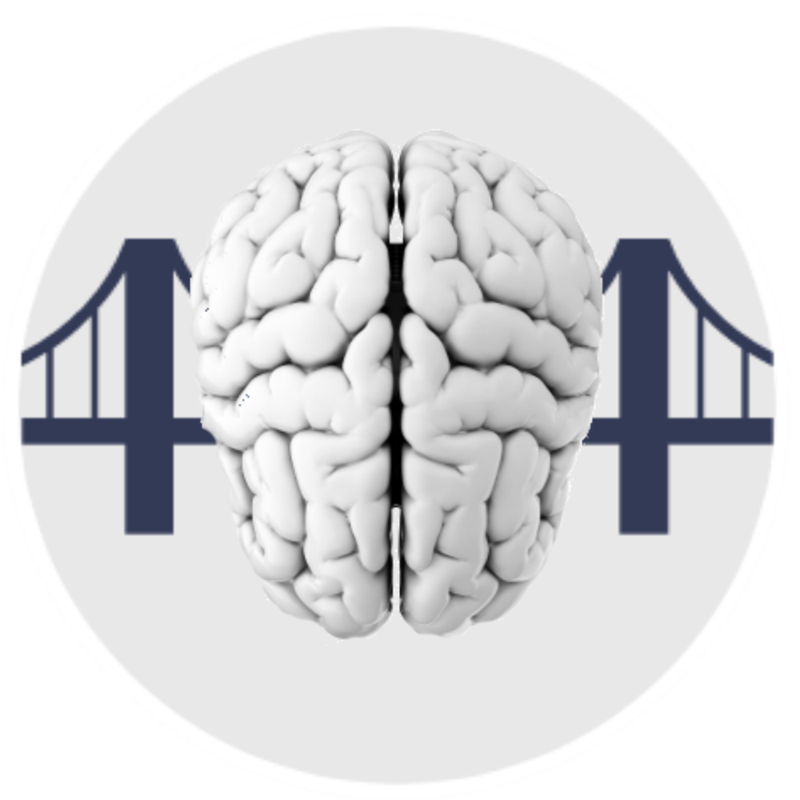Insights from the Field: Using Brain Research to Enhance and Energize Instruction
by Janet Zadina on 08/03/17
Recently I gave my presentation Using Brain Research to Enhance and Energize Instruction: Science and Strategies to K-12 teachers at Prince William schools in Manasses, VA. It was my fourth or fifth trip to Manasses over the years. What an energized and dedicated group of teachers! We talked about how to access struggling learners by using multiple brain pathways to present information, work with information (homework or in class), and assess progress. Teachers developed an Action Plan of some significant changes they would make as a result of what they learned. I would like to share with you one of the take-aways that many in this audience mentioned as very important to them: the power of the visual brain. Now the visual pathway may not seem, at first glance, to be very important or to provide new insights. What is so important about the impact of the visual pathway on learning? Here are some key points: Everyone is a visual learner (unless visually impaired). Even adults learn better using pictures. “Vision trumps everything.” John Medina, neuroscientist Visuals are many, many times easier to remember than words – called pictorial superiority effect in scientific terms Visuals use less working memory than words do. Therefore, more information is able to be processed at a time. Mental images are as powerful as images seen with the eye. Visuals can help us understand complex information. Visuals help us organize information. Strategies Turning words into “pictures” causes them to be processed in the visual area of the brain more than the visual word form area in the fusiform gyrus. By turning words into pictures, we gain the benefits of visuals. Here are examples. Have students use Google Image to look up the meanings of words. Require them to look up at least three and then figure out the meaning through pattern detection – our natural way of learning. Have students visualize and then describe their visualizations to other students. Do not use unnecessary visuals, ones that do not contribute to the understanding of the material. They unnecessarily use brain resources and are a form of distraction. One of the most interesting responses from an audience member was the comment that my picture of a London street map really helped enhance her understanding of how the brain learns. To find out how that can be, I guess you will just have to attend a talk and see for yourself! Here are some of the comments made on the evaluation form. If these intrigue you, you can learn much of this information by reading my book Multiple Pathways to the Student Brain http://www.brainresearch.us/order_MPBook.html or by bringing me in to speak to your group http://www.brainresearch.us/invite.html . Comments from attendees in Manasses, VA I feel more… knowledgeable about strategies for teaching students with reading difficulties….excited to start the school year….more empowered to reach students…hopeful in reaching certain students…more equipped to teach my ELLs how they can learn…confident that I will be better about teaching the whole learner…energized and ready to try new strategies! The best part was presenting both the big picture, yet providing concrete strategies. BEST workshop I have ever attended and offered by PWCS in the 12 years I have been a teacher in this country! This was great! It was so interesting! AMAZING I learned so much! The day went by quickly and was full of lots of new information! Amazing – especially the strategies Highly informative- thought-provoking So Interesting and exciting 1-10, 10 highest…10+ Terrific presenter and presentation


